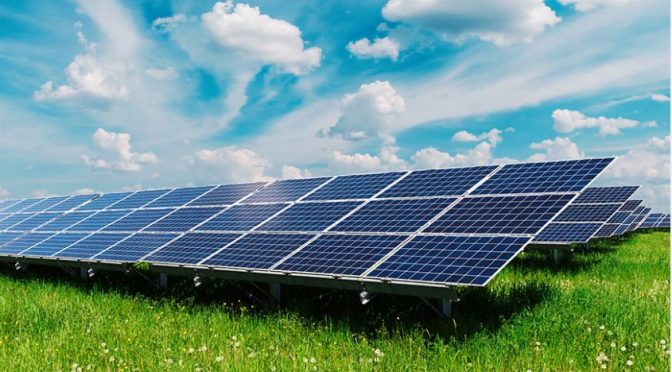
The country’s minister of energy and mines Vicente de the O Levy, explained that 92 photovoltaic plants are planned to be built on the island for this purpose, a task for which earthworks are already being carried out in the defined sites and the resources that must meet the objective are guaranteed to assemble them when they arrive in the nation.
Such projects would contribute to reducing the dependence on fuel for electricity generation in the country, given the complexities of the island to import them, which would represent a saving of 750,000 tons of crude oil.
Each plant that is intended to be built must provide more than 20 MW, as part of the island’s generation goal with its own resources, according to the manager, and acknowledged that those in Cuba have been bad months due to lack of fuel.
Consuming crude oil and national gas are one of the alternatives that the nation is betting on in this complex context and O Levy also added that maintenance on the generating units has made it possible to reduce their breakdowns, which are a factor that affects electrical outages.
The head of energy and mines specified that these maintenance works in the last four months of 2023 made possible better conditions for the generation and availability of gas, and that complementing efforts with the use of renewable energy sources is part of the strategy.
The country has contracts already signed and underway for this purpose, as explained by the minister, with the objective of achieving 24 percent penetration of these technologies on the island before 2030.
Cuba also has collaboration programs with China to take advantage of renewable energy. In this sense, the country is installing photovoltaic parks, donated by the Asian nation, in the provinces of Ciego de Ávila, Villa Clara and Holguín.
Other territories such as Granma have also announced plans to increase the generation of photovoltaic solar energy with the installation of 20 MW parks, each with that capacity saving the country more than 7,800 tons of diesel per year.